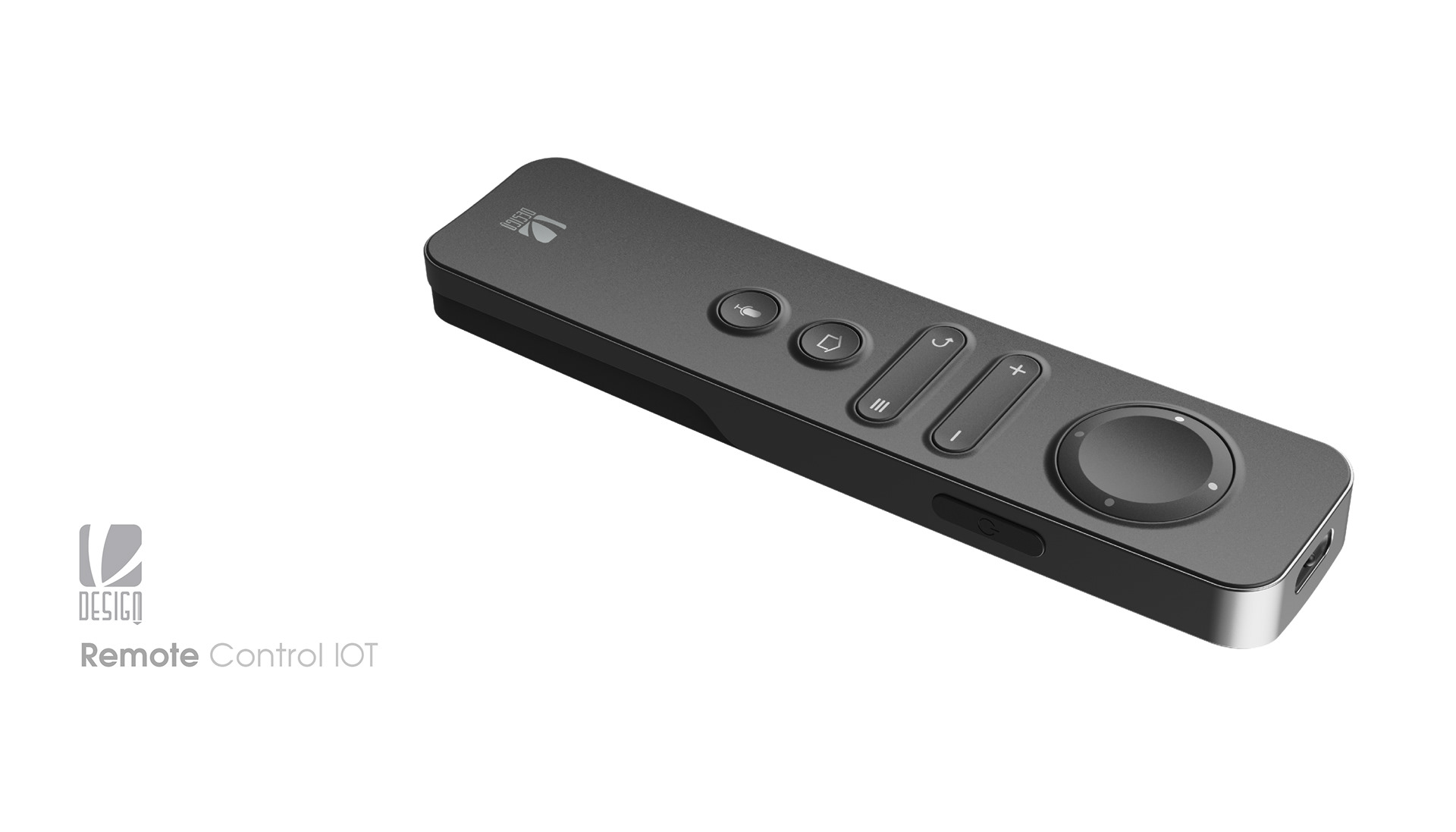Unlocking The World Of SSH Access For IoT Devices – Free Guide!
Hey there, tech enthusiast! If you're diving into the world of IoT devices and looking to explore SSH access for free, you're in the right place. Whether you're a hobbyist, student, or professional, understanding how to securely connect to your IoT devices using SSH can open up a whole new level of control and customization. So, buckle up because we're about to embark on an exciting journey into the realm of SSH access for IoT devices!
You know that feeling when you’ve got this cool IoT device but you're stuck trying to figure out how to manage it remotely? Yeah, we’ve all been there. That's where SSH comes in. It’s like having a secret tunnel that lets you access your device from anywhere in the world. And guess what? You don’t need to break the bank to get started. There are plenty of free tools and methods out there to help you set up SSH access for your IoT devices.
Now, before we dive deep into the nitty-gritty, let’s clear the air. SSH access isn’t just some fancy tech term; it’s a powerful tool that can transform the way you interact with your smart devices. From home automation to industrial applications, SSH gives you the freedom to monitor, configure, and troubleshoot your IoT devices remotely. So, without further ado, let’s get started!
Before we move forward, here's a quick table of contents to help you navigate through this comprehensive guide:
- What is SSH Access?
- Why SSH Access is Essential for IoT Devices
- Free Tools for SSH Access
- Step-by-Step Setup Guide
- Security Tips for SSH Access
- Common Issues and Troubleshooting
- Real-World Use Cases
- Comparison of Free SSH Tools
- Future Trends in IoT and SSH
- Wrapping It All Up
What is SSH Access?
Alright, let’s start with the basics. SSH stands for Secure Shell, and it’s basically a protocol that allows you to securely connect to a remote device over an unsecured network. Think of it as a digital handshake that lets you access your IoT device’s command line interface from anywhere in the world. Pretty cool, right?
SSH access is like having a virtual key to your device’s door. You can log in, run commands, and even transfer files without physically being there. And the best part? It’s encrypted, so your data stays safe from prying eyes.
Here are some key benefits of SSH access:
- Security: SSH encrypts all data transmitted between your device and the server.
- Remote Access: You can access your IoT devices from anywhere, as long as you have an internet connection.
- Efficiency: SSH allows you to automate tasks, manage configurations, and troubleshoot issues with ease.
How Does SSH Work?
When you initiate an SSH connection, here’s what happens behind the scenes:
- The client (your computer or mobile device) sends a request to the server (your IoT device).
- The server verifies the client’s identity using public-key cryptography.
- Once authenticated, a secure connection is established, allowing you to interact with the device.
It’s like a secret handshake that ensures only authorized users can access the device. And the best part? It’s free!
Why SSH Access is Essential for IoT Devices
Now that you know what SSH is, let’s talk about why it’s so important for IoT devices. IoT devices are everywhere these days, from smart thermostats to industrial sensors. But managing these devices can be a challenge, especially when you need to do it remotely.
SSH access provides a secure and efficient way to manage your IoT devices. Here are a few reasons why it’s essential:
- Remote Management: You can configure, monitor, and troubleshoot your devices from anywhere in the world.
- Automation: SSH allows you to automate repetitive tasks, saving you time and effort.
- Security: With encryption and authentication, SSH ensures that your data remains safe from hackers and cyber threats.
Imagine being able to adjust the temperature of your smart thermostat while you’re on vacation or monitor the performance of your industrial sensors from the comfort of your home. SSH makes all of this possible!
Free Tools for SSH Access
One of the best things about SSH is that you don’t need to spend a fortune to use it. There are plenty of free tools available that make setting up SSH access a breeze. Here are some of the most popular ones:
- OpenSSH: A widely-used open-source SSH client and server that’s available on most Linux and macOS systems.
- PuTTY: A free and lightweight SSH client for Windows users.
- Termius: A cross-platform SSH client that works on iOS, Android, macOS, and Windows.
Each of these tools has its own strengths, so it’s worth trying them out to see which one works best for you. And the best part? They’re all free!
Choosing the Right Tool for Your Needs
When selecting an SSH tool, consider the following factors:
- Platform Compatibility: Make sure the tool works on your operating system.
- Ease of Use: Some tools are more user-friendly than others, so choose one that matches your skill level.
- Features: Look for features like session management, key storage, and file transfer capabilities.
By choosing the right tool, you’ll be able to set up SSH access quickly and efficiently.
Step-by-Step Setup Guide
Now that you’ve got the tools, let’s walk through the process of setting up SSH access for your IoT devices. Don’t worry, it’s easier than it sounds!
Step 1: Enable SSH on Your IoT Device
Most IoT devices come with SSH disabled by default for security reasons. To enable it, follow these steps:
- Log in to your device’s web interface or command line.
- Locate the SSH settings and enable the service.
- Save the changes and reboot the device if necessary.
That’s it! Your device is now ready to accept SSH connections.
Step 2: Install an SSH Client
Next, you’ll need to install an SSH client on your computer or mobile device. Here’s how:
- For Linux and macOS users, OpenSSH is already installed. Just open the terminal and type
ssh. - For Windows users, download and install PuTTY or Termius.
- For mobile users, download Termius from the app store.
Once installed, you’re ready to connect to your device.
Step 3: Connect to Your Device
Finally, it’s time to connect to your IoT device using SSH. Here’s how:
- Open your SSH client and enter the device’s IP address.
- Enter your username and password when prompted.
- Once connected, you’ll have full access to the device’s command line interface.
And just like that, you’re up and running with SSH access!
Security Tips for SSH Access
While SSH is a secure protocol, it’s always a good idea to take extra precautions to protect your IoT devices. Here are some security tips to keep in mind:
- Use Strong Passwords: Avoid using simple or easily guessable passwords.
- Enable Key-Based Authentication: Instead of passwords, use SSH keys for added security.
- Disable Root Login: Restrict access to the root account to prevent unauthorized access.
By following these tips, you’ll ensure that your IoT devices remain secure even when accessed remotely.
Common SSH Attacks and How to Prevent Them
Here are some common SSH attacks and how to prevent them:
- Brute Force Attacks: Use fail2ban or similar tools to block repeated login attempts.
- Man-in-the-Middle Attacks: Always verify the server’s fingerprint before connecting.
- Port Scanning: Change the default SSH port (22) to a non-standard port.
With these measures in place, your SSH connections will be as secure as possible.
Common Issues and Troubleshooting
Even with the best tools and setup, things can sometimes go wrong. Here are some common issues you might encounter and how to fix them:
- Connection Refused: Check that the SSH service is running on your device.
- Authentication Failed: Double-check your username and password or SSH key.
- Timeout Errors: Ensure that your device’s IP address is correct and that there are no firewall restrictions.
By troubleshooting these issues, you’ll be able to maintain a stable and reliable SSH connection.
Real-World Use Cases
SSH access isn’t just for tech geeks; it has real-world applications that can benefit businesses and individuals alike. Here are a few examples:
- Home Automation: Use SSH to control and monitor smart home devices remotely.
- Industrial IoT: Manage and troubleshoot industrial sensors and machines from a central location.
- Cloud Computing: Access and manage cloud-based servers and services securely.
Whether you’re automating your home or optimizing your business operations, SSH access can help you achieve your goals.
Comparison of Free SSH Tools
Not all SSH tools are created equal. Here’s a quick comparison of some popular free tools:
| Tool | Platform | Features |
|---|---|---|
| OpenSSH | Linux, macOS | Command-line interface, key-based authentication |
| PuTTY | Windows | Simple interface, session management |
| Termius | iOS, Android, macOS, Windows | Cross-platform, cloud sync, file transfer |
Choose the tool that best fits your needs and start exploring the world of SSH access!
Future Trends in IoT and SSH
As IoT continues to grow, so does the demand for secure and efficient remote access solutions. Here are some trends to watch out for:
- Quantum-Safe Encryption: As quantum computing becomes a reality, new encryption methods will be needed to ensure the security of SSH connections.
- AI-Powered Security: AI will play a bigger role in detecting and preventing SSH attacks in real-time.
- Edge Computing: With more devices processing data at the edge, SSH will become even more important for managing these distributed systems.
Stay ahead of the curve by keeping up with these trends and adapting your SSH strategies accordingly.
Wrapping It All Up
So there you have it, a comprehensive guide to SSH access for IoT devices.

Access IoT Devices from Anywhere Pinggy

How To Securely Access IoT Devices With Remote IoT SSH Free Download

Iot Devices Larq Reusable Bottle Made Me Realize How Much Money I